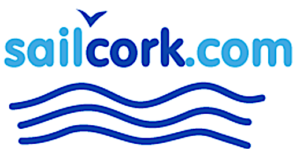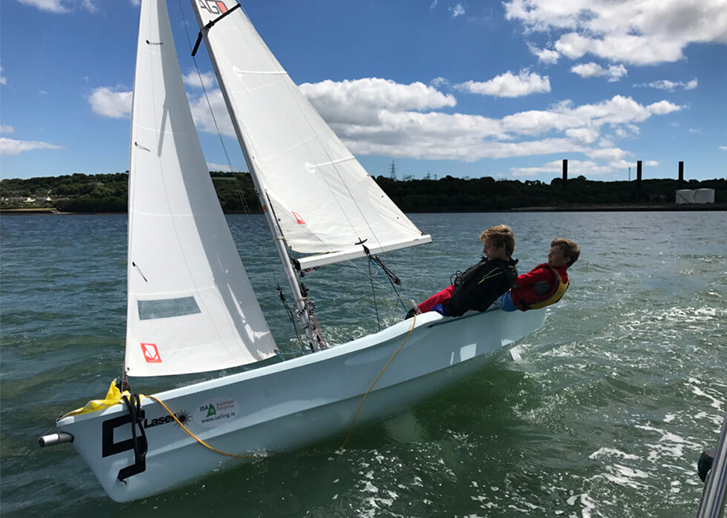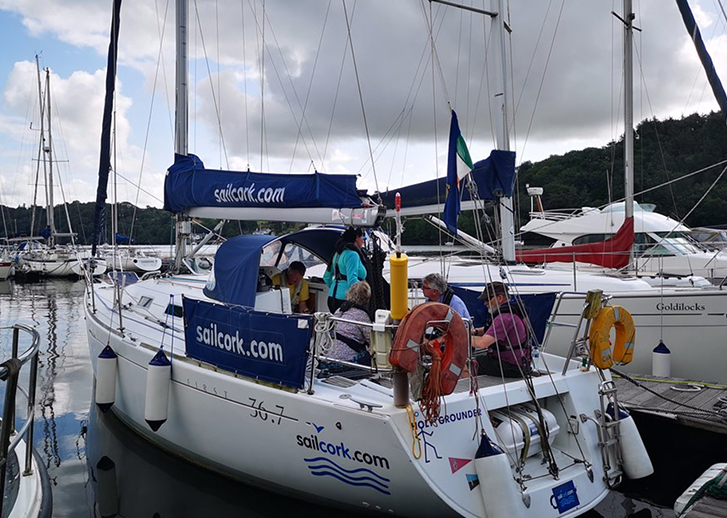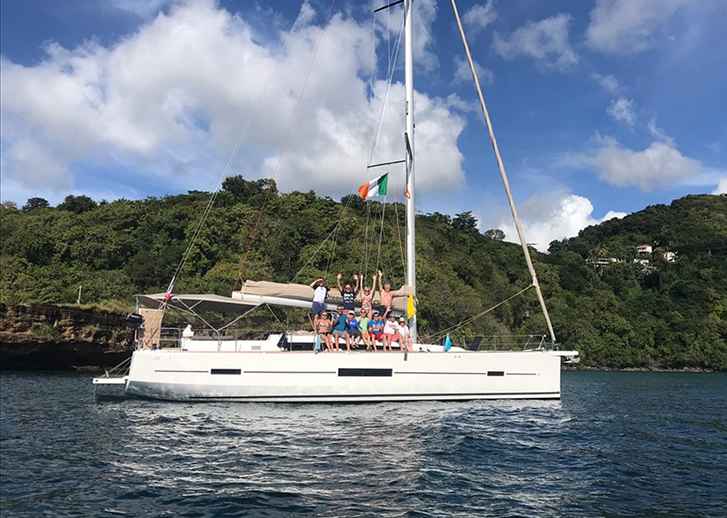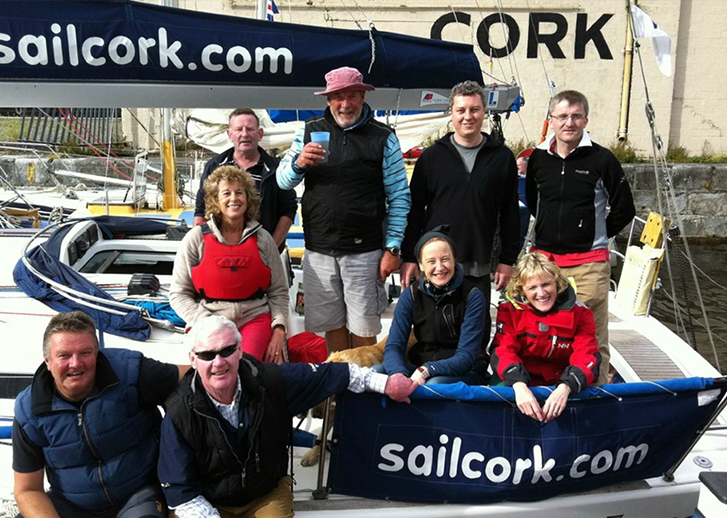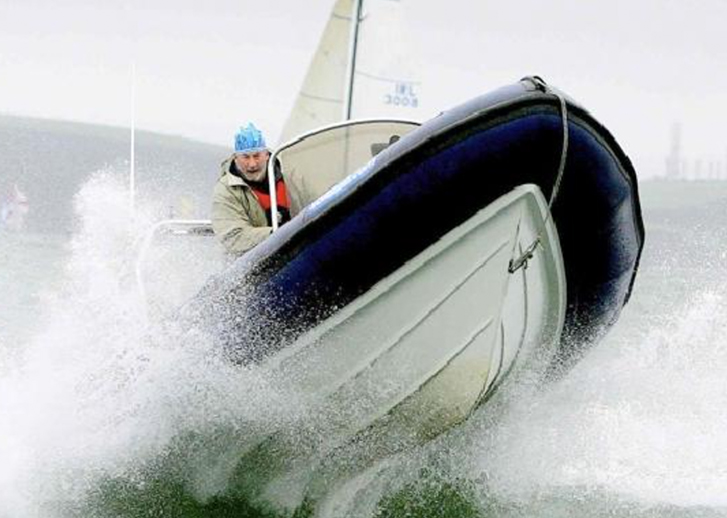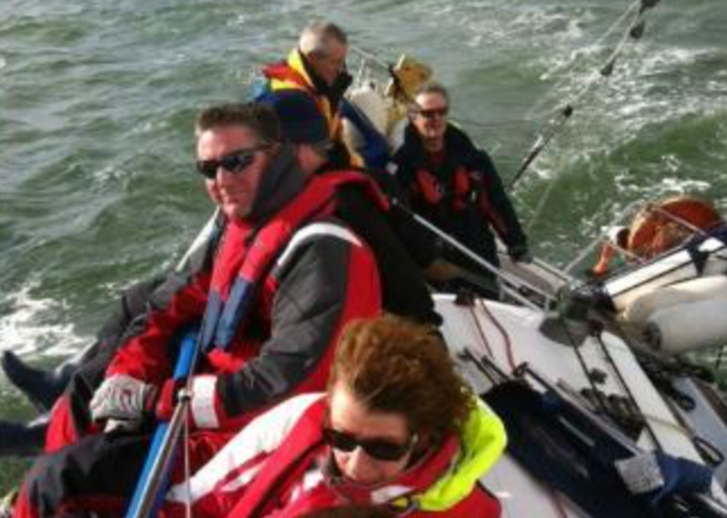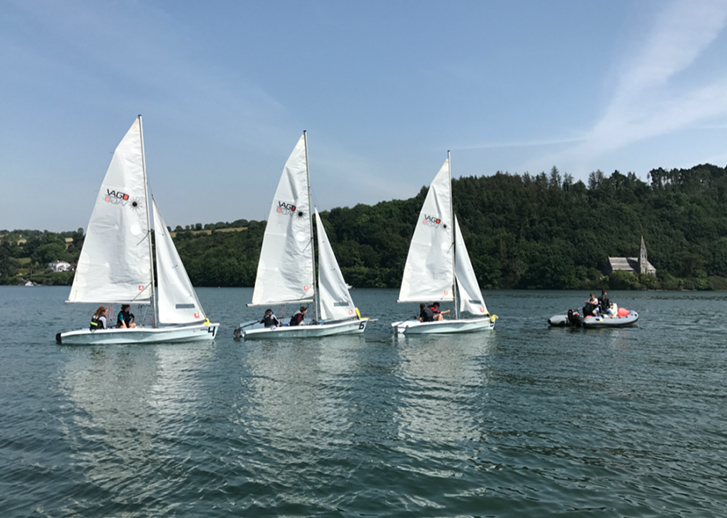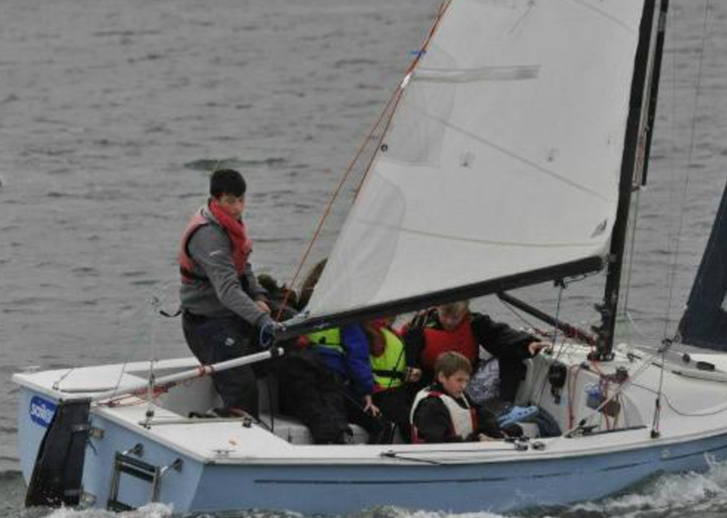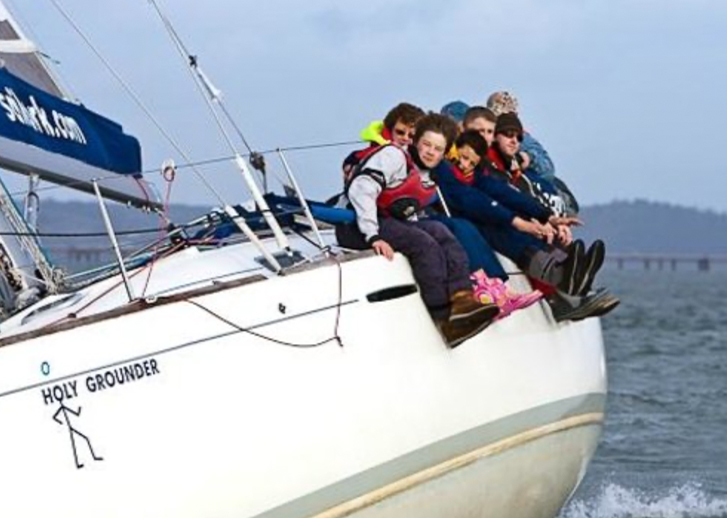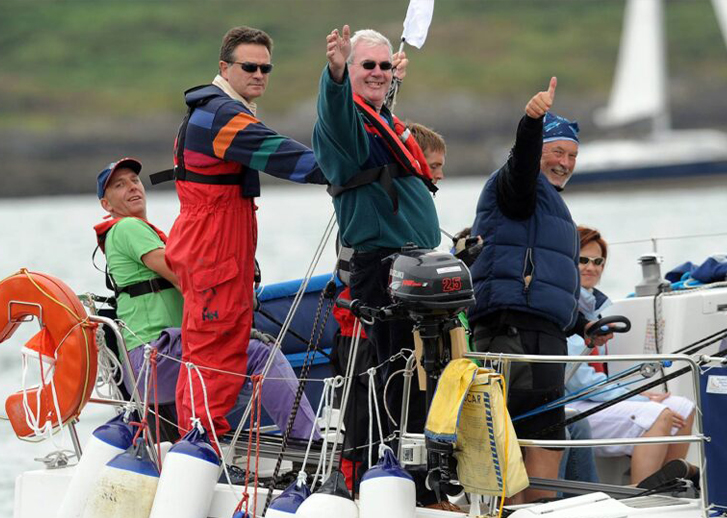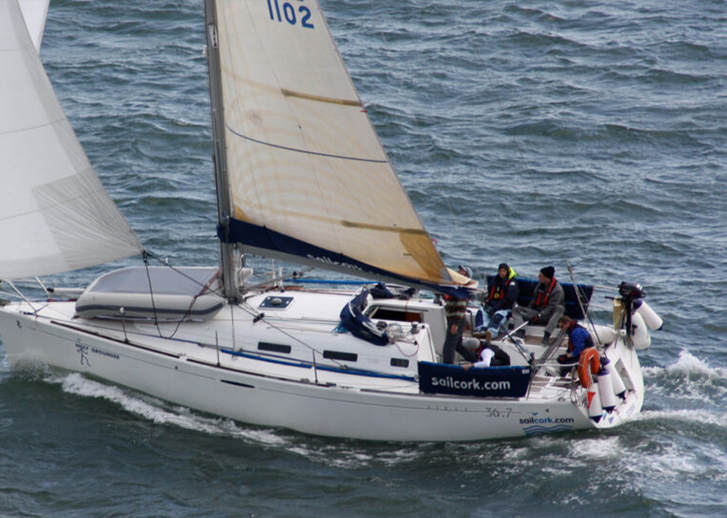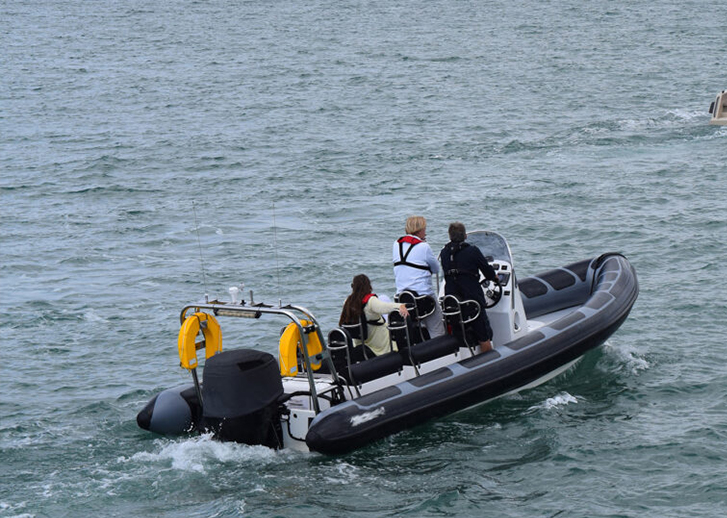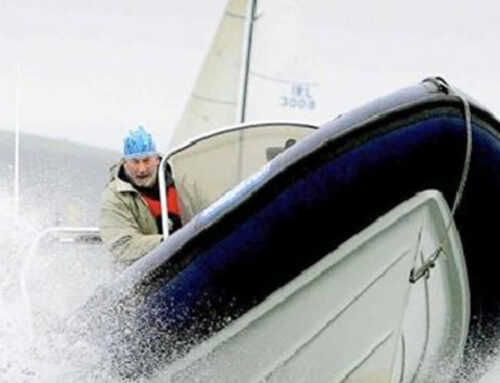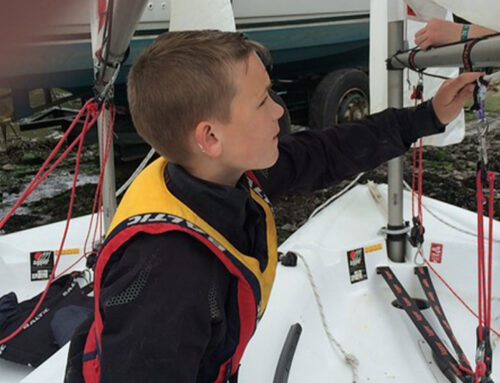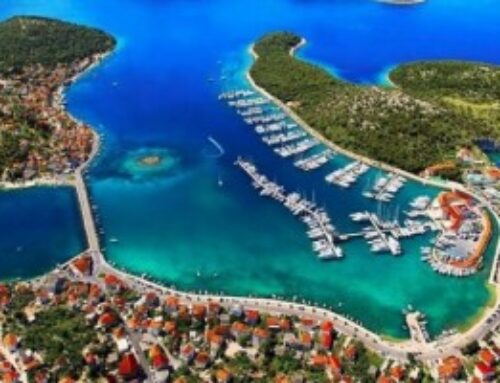Yachtmaster Offshore Shorebased Syllabus
1. Definition of Position, course and speed:
1) Latitude and Longitude
2) Knowledge of standard navigational terms
3) True bearings and courses
4) The knot
2. Navigational drawing instruments:
1) Use of parallel rulers, dividers, compasses and proprietary plotting instruments
3. Navigational charts and publications:
1) Suppliers – Admiralty, Imray etc. Electronic Charts – Raster, Vector
2) Information shown on charts
3) Chart symbols – Chart 5011
4) Standard Chartwork and plotting conventions
5) Projections – Mercator and Gnomonic
6) Navigational publications in common use
7) Chart corrections
4. Dead Reckoning and Estimated Position:
1) Definition of DR and EP
2) Working up DR and EP by plotting on a chart
3) Types of speed and distance logs(towed, pressure, impeller), principles of operation and comparisons
4) Importance of Deck Log as Yacht’s Official Record
5) Layout of Log – hourly and occasional entries
5. The Position Line:
1) Sources of Position Lines
2) Accuracy of Position Lines
6. The Magnetic Compass:
1) Allowance for variation, Change of variation with time and position
2) Siting of compass and causes of deviation
3) Making allowance for deviation
4) Steering and hand bearing compasses
5) Swing for deviation (but not correction)
7. Position fixing:
1) Techniques of visual fixing
2) Horizontal angle fixing
3) Running fixes
4) Electronic fixes
5) Fixes containing a mixture of position lines
6) Derivation of position from a line of soundings
7) Ranges by rising and dipping distances
8. Basic Coastal Navigation:
1) Routine for navigating a yacht in coastal waters
2) Strategy of course laying
9. Tides:
1) Causes, springs and neaps
2) Tide tables – Admiralty and Almanacs
3) Tidal levels and datum
4) Times and heights at standard ports
5) The rule of twelfths
6) Corrections for Secondary ports
7) Tidal Anomalies (Solent etc. )
10 Tidal Streams:
1) Tidal Stream Atlas
2) Tidal Diamonds and Arrows
3) Tidal Information in sailing directions and almanacs
4) Allowance for tidal streams in computing a course to steer
5) Tide rips, overfalls and races
6) Tidal streams observations by buoys beacons etc.
7) Tidal sets on banks and around headlands
11. Buoyage:
1) IALA System A
2) Limitations of buoys as nav. aids
12. Lights:
1) Characteristics
2) Ranges – visual, luminous and nominal
3) Light Lists – Admiralty and almanac
13. Pilotage:
1) Harbour regulations and control signals
2) Methods of pre-planning
3) Clearing lines
14. Echo sounders and lead lines:
1) Principles of operation, second trace echoes / false readings
2) Reduction of soundings
3) Marking of lead line
15. Electronic Navigational Aids:
1) GPS and satellite systems – accuracy, repeatability
2) Radar
3) Electronic Chart Plotters Electronic Navigation – Use of PC chart plotter
4)AIS
16. Meteorology:
1) Basic met terms and the Beaufort Scale
2) Air masses
3) Cloud types
4) Weather patterns associated with pressure and frontal systems
5) Simple meteorological instruments
6) Sources of weather forecasts, including own observations
7) Ability to draw synoptic charts from shipping forecasts
8) Land and sea breezes
9) Sea fog – forecasting
17. Anchoring:
1) Types of anchor and principles of operation
2) Selection of an anchor berth
18. International Regulations for Preventing Collision at Sea:
1) A sound knowledge of the IRPCS including distress signals
2) Light and shape recognition
19. Safety afloat:
1) Personal safety equipment, lifejackets, harnesses and lifelines
2) Fire prevention and firefighting, galley safety
3) Practical use of distress signals
4) IMES, HM Coastguard, Radiomedico
5) Preparation for and action to be taken in heavy weather / stability
20. Navigation in restricted visibility:
1) Precautions to be taken in Restricted Visibility
2) Limitations to safe navigation imposed by restricted visibility
21. Passage Planning and Making:
1) Preparation of charts and passage plan
2) Irish Marine Notices, M Notices
3) Chartwork exercises
4) Skipper’s responsibility
5) Strategy for course laying
6) Using weather forecast info for passage planning strategy ♦
Course materials for shorebased nav. courses:
1) A4 pad and pencil, rubber and pencil (2B) and sharpener
2) Plotter or rules. Portland Plotter is recommended
3) Dividers. Nautical "One Handed" recommended
4) Charts. To complete course exercises 2 special "practice charts" RYA 1 and 2 are used. (included in fee)
5) Course Notes Book. Published for course by RYA. (included in fee)
6) Training Almanac. Condensed version of nautical almanac containing info needed to complete course exercises. Copy necessary for homework.
7) Course exercises. These are specially prepared by the RYA and will be provided free to course participants.
8 CD for computer (supplied)
n.b. All items available at SailCork


